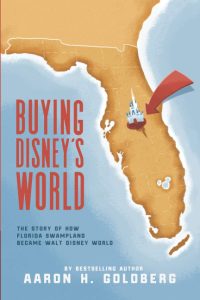Quote for the Week
Investors are right and wrong all the time for the wrong reasons. We all know people who got famous in our business for being right once in row. The correctness of a decision cannot be judged merely from the outcome. Good decisions fail all the time. Bad decisions work all the time. Randomness alone can produce just about any outcome in the short run. It is for reasons like these that we must be leery about attaching great importance to short-term performance.
Instead you must appreciate what Taleb in his book calls alternative histories — the other things that reasonably, probably could have happened. The difficulty of seeing events as nothing more than part of a range of possibilities must be dealt with, and if we can understand that, then we reduce the significance we attach to the events that actually happened. If short-term outperformance or underperformance is of limited relevance, what matters? Long term, it is not who can only do it once or who can do it for a year. It is who can do it for 10 years or maybe 20. These are the people who are worth our attention. — Howard Marks (source)
 Buy the Book:
Buy the Book: